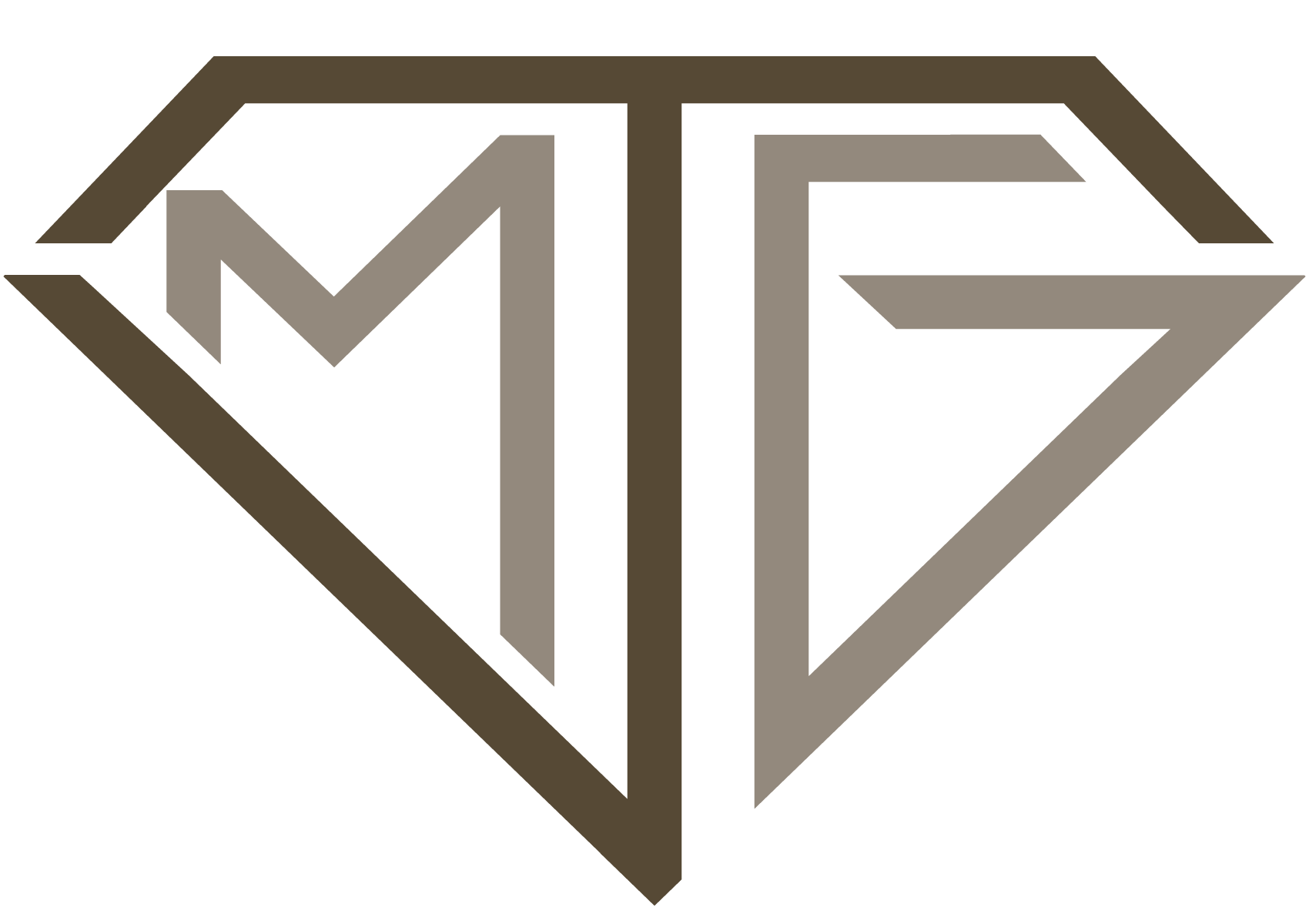The fine jewelry industry seems to be perpetually filled with notorious mark-ups and yet what appear to be constant blow out sales. Diamonds fall directly into this mysterious game of price shopping, and sale hunting. How is it that a jewelry sales person seems to always be able to pull out a calculator and knock down the already 60% off price of a diamond engagement ring another few notches? Who is getting the good deal: are diamonds truly as expensive as they appear?
At the retail end of the diamond spectrum, diamonds truly are as expensive as they appear, but why? If a diamond’s market value is less than it’s retail value, where is the money going? In order to get an idea of what goes into the price ticket on a diamond at your local jeweler, it is important to understand how a diamond gets into the showcase to begin with.
By the time a diamond reaches your local jeweler, it has already traveled around the world. The majority of diamonds are mined in only six of the world’s countries: Botswana, Russia, South Africa, Angola, Namibia and Australia. Rough diamonds are immediately graded for their value when they initially are extracted from the mine by a “diamond valuator” (Diamond Consultants, 2012). The valuator looks at each rough diamond for their size, color, quality, shape, and cuttability. Each rough diamond has the potential to be cut into a multitude of different polished diamonds, and thus are separated into up to “12,000 different categories in preparation for sale” (Diamond Consultants, 2012).
Following the valuation and sorting, rough diamonds are cut and polished into high quality light reflecting stones. The majority of large mining companies own manufacturing and distributing branches. Thus, “the production and distribution of diamonds is largely consolidated in the hands of a few key players” (Diamond Consultants, 2012). These gem-quality rough diamonds are distributed to one of two main cutting and processing centers in the world.
Chances are high that the rough diamond will travel to India, where 60% of rough diamonds are cut and polished, or to Israel, which cuts and polishes 14% of the global diamond supply (Diamond Consultants, 2012). Cutters, also known as “diamonaries” will cut each rough diamond into a new polished version. Polished diamonds now have unique and specific characteristics that are entirely their own including their shape, color, clarity and new carat weight.
From the manufacturer, the new polished diamond will make its way into the hands of a wholesaler. The wholesaler will then supply small jewelers and large corporations alike with their diamond inventory to be mounted and sold to the consumer. This step in the diamond pipeline is more complex than its predecessors because it is specifically consumer driven. As long as the demand for diamonds is high, and consumers are willing to pay a premium for these stones, they will be delivered in a luxurious box with an exclusive price ticket. It is worth noting that on a global scale, the United States forms the predominate market in the polished diamond industry making up 45% of all diamond retail sales (Diamond Consultants, 2012).
The diamond pipeline is an extensive one, and by the time a polished diamond hits a jewelers showcase, all of the individuals who have had a hand in crafting that stone need to make a profit. With the purchase of a diamond, the consumer foots the entire bill as well as profit margins for all people who have invested time and money into that diamond. As an example, consider this: diamonds out of the mine cost $800-1200 per carat; however by the time it gets to the consumer it has become a $7000-8500 piece of jewelry. A simple breakdown is such:
Each time a diamond changes hands the new holder is responsible for the profits of their predecessor, finally resting upon the consumer.
This extremely high mark up has come down in recent years, with the increase in direct sales to the public. Wholesalers and Internet diamond sellers are able to sell a diamond at a reduced rate due to the lack of a large inventory, and relatively low overhead costs. Looking at the big picture on a small scale, for every dollar a wholesaler pays a cutter or manufacturer for stones, they will sell the product for $1.30. In comparison, for every dollar a brick and mortar jewelry store hands a supplier, they sell their items for $2.00-$2.50 (O’Neill, 2012). This is where the calculator comes in, and the sales person starts knocking off a percentage here, and one there, to make it appear that the consumer is getting a bargain.
While the consumer may not be able to avoid the tour of the world a diamond takes, they may be able to avoid the high mark up of the jewelers by buying a diamond directly from a wholesaler. It is important to remember that if one is ever in the position to sell a diamond, it’s value drops back down the pyramid to between the polished and wholesale state. Not because it has depreciated in value, but because the consumer has now become the supplier rather than the jeweler with the calculator.
References
Diamond Consultants Canada. The Diamond Industry: Opportunity and Impact Assessment. Rep. City of Prince Albert Economic Development Reports. Web. 27 Feb. 2012.
O’Neill, Sean. “Clicks & STONES.” Kiplinger’s Personal Finance 60.2 (2006): 102-105. Academic Search Alumni Edition. Web. 28 Feb. 2012.






